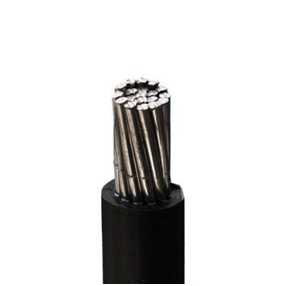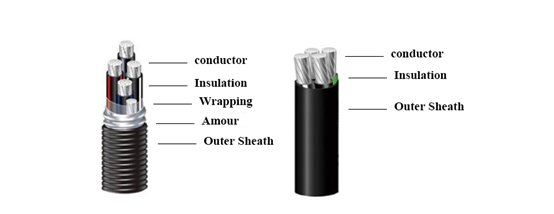The material of each layer of the LED element developed this time is a perovskite type oxide. The material is chemically stable and has characteristics of almost constant oxidation and heating. Therefore, processes such as packaging can be shortened and the manufacturing process can be simplified. Previously, it was found that most of the perovskite-type oxides emitted significant fluorescence due to ultraviolet radiation, and thus they were made into a light-emitting layer film. This time, these perovskite-type oxides and an insulator film were laminated, and an attempt was made to develop an LED element having good stability.
The newly developed LED element is formed by a pulsed laser deposition method (PLD method) on an electrode substrate to form an insulating layer, a light-emitting layer, and an insulating layer. The source used an ArF excimer laser (wavelength 193 NM). The production conditions were a substrate temperature of 700 ° C and a production environment of 10 PA oxygen. After heat treatment in the atmosphere, a transparent electrode is formed by a PLD method to form an LED element.
The materials of the electrode substrate, the light-emitting layer, and the insulating layer are as follows. Materials with less resource constraints are used. First, the electrode substrate was made of 1% niobium (Nb) barium titanate (1% Nb-SrTiO3). The luminescent layer was added with a trace amount of praseodymium (Pr) as a luminescent center in the A portion of the perovskite-type oxide (ABO3) calcium strontium titanate ((Ca0.6Sr0.4)TiO3). The insulating layer is made of perovskite-type oxide barium titanate (SrTiO3). The film was continuously grown by the PLD method, and a structure in which two insulating layers were sandwiched between the light-emitting layers was formed, and a "double-insulated structural thin film EL element" was experimentally produced. The upper transparent electrode is an ITO (indium tin oxide) or SnO 2 film.
First, an EL element having a single layer of a light-emitting layer was formed, and when an AC voltage of 14 V and 1 KHz was applied thereto, the entire surface of the transparent electrode was illuminated. The luminescence spectrum shows a sharp peak at a center wavelength of 612 nm. This is considered to be the cause of the migration from 1D2 to 3H4 energy source of Pr3+, and the voltage at which light emission starts is about 10V. Moreover, in the case of fabricating a double-layer light-emitting layer element, a strong red-surface light emission can be obtained with a voltage of about 24 times that of the single-layer light-emitting layer LED element.
In addition, the results of this research will be published in the German science magazine Advanced Materials.
Figure 1 Luminescence of the LED component using the perovskite oxide
Figure 2 Schematic diagram of the LED components developed this time
Fig. 3 Photograph of the light-emitting spectrum of the LED element produced by trial production and the element of the light-emitting element: double-insulating structure film EL element of single-layer light-emitting layer (left), double-insulation structure film EL element of double-layer light-emitting layer (right)
Figure 4 Comparison of characteristics of various EL components

PVC Rare Earth Aluminum Alloy Power Cable is kind of cable, in which the rare earth high compressed aluminum alloy is used as conductor, and PVC is used as insulation and Jacket. It has completely independent intellectual property rights and removed the defects of aluminum cable systematically. It applies to both dry and moist places at the temperature of 75ºC and under, and the temperature of short circuit is 160ºC. The alloyed material greatly improves the toughness and high creep resistance. Due to its low density compared to copper wire and high strength, Aluminum Alloy Wire is preferred by customers.

Standard: GA306 Jacket: PVC
Conductor: aluminum alloy Cores: single core or multicores
Insulation: PVC Rated voltage: 0.6/1KV
Advantages:
- Conductor fatigue resistance
- Creep resistance
- Impact resistance
- Easy to bend
- Light weight
- Easy installation
- Long life span
- Flame retarded
- Fire resistant
- Zero halogen & low smoke
- Corrosion & abrasion resistant
- Decent mechanical strength
- Chemical & acid resistance
- ...

Application:
- Lighting
- High rising buildings
- Public Buildings
- Family residence
- Household appliances
- Electrical equipment
- Power console
- Automotive industry
- Government buildings
- Power transmission and distribution lines
- And many more...
Welcome to visit our factory to learn more about us. If you have any questions, please feel free to contact us.
PVC Insulated And Sheathed Alloy Cable
PVC Insulated And Sheathed Alloy Cable,PVC Insulated Alloy Cable,PVC Sheathed Alloy Cable,Insulated PVC Jacket Power Cable
Fujian Lien Technology Co.,Ltd , http://www.liencable.com